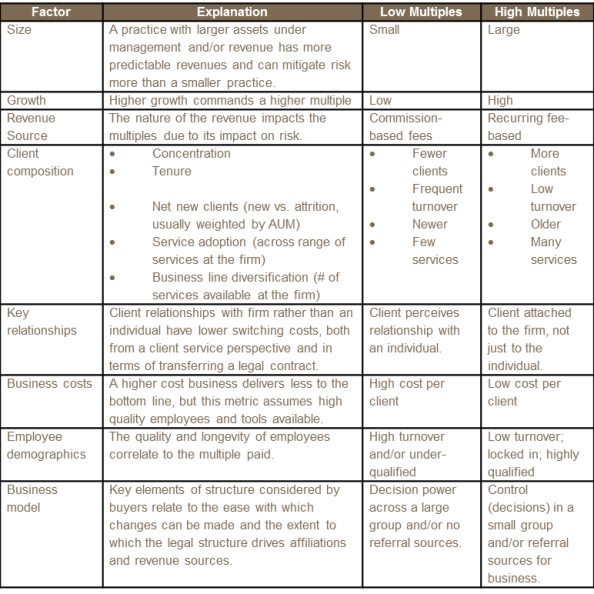Everyone has heard a story about a seemingly great employee who has worked in the business for many years, who would never do anything wrong, and who treats the business like his or her own. And yet, that person is discovered using the company’s checkbook to pay personal expenses.
The common theme in these stories is that the businesses were lacking proper internal controls, designed to both prevent and detect misappropriation of cash through disbursements.
Here are five items to consider when evaluating your internal controls over cash disbursements.
1. Segregate duties. The foundation of a good internal control system is segregation of duties. The duties of authorization (signing a check or releasing a wire transfer), custody (having access to the blank check stock or the ability to establish a wire transfer), and recordkeeping (ability to record the transaction in the accounting system) should be separated so that one individual cannot complete a transaction from start to finish. The concept behind segregation of duties is that in order to misappropriate cash, individuals would have to collude, rather than one individual acting alone.
For many businesses, proper segregation of duties can be difficult to achieve. In these instances, company owners may want to consider the bank statements delivered to them unopened. The owners should then review the bank statements and the check images for any transactions that appear unusual, and follow up on these transactions to obtain an understanding of them. This process alone has uncovered many situations like the one described above.
2. Review authorized signors. Carefully consider who your authorized signors are (authorization of the transaction). Those individuals should not have access to the blank check stock (custody of the asset) nor the ability to enter the transaction into the accounting system (recording of the transaction). The use of a signature stamp, although efficient, may be problematic in that you must have separate controls to ensure that the stamp is not readily available for inappropriate use.
3. Consider requiring dual signatures. Your company may also want to consider the use of dual signatures. A dual signature policy includes the establishment of a dollar threshold over which checks require two signatures. The utilization of dual signatures establishes an element of segregation of duties for disbursements over a specified threshold in that these disbursements require more than one individual to authorize the transaction.
4. Remember the wire transfers. The use of wire transfers has increased significantly over the years, and segregation of duties around wire transfers is paramount. The responsibilities for establishing a wire transfer should be segregated from the responsibility of releasing the wire transfer. If this segregation is not possible, consideration should be given to using a call-back procedure, in which the financial institution will call a specified individual when a wire transfer is initiated. Most important, the call back cannot go to any individual who is able to initiate a wire transfer.
5. Reconcile bank accounts in a timely manner. The bank reconciliation should be completed in a timely manner by someone who is independent of the cash disbursement process. The bank reconciliation should also include a review of the bank statement and the check images that are returned with the bank statement for unusual transactions. Any unusual items should be investigated and evaluated when necessary.
It is never too late to review your internal controls. While processes often vary among companies, implementing the items in this checklist should significantly reduce the likelihood of your business becoming the subject of another one of those stories.
We will be happy to provide further information relating to this subject. For more information, contact Todd E. Crouthamel at tcrouthamel@kmco.com or 215.441.4600.
You may also like:

